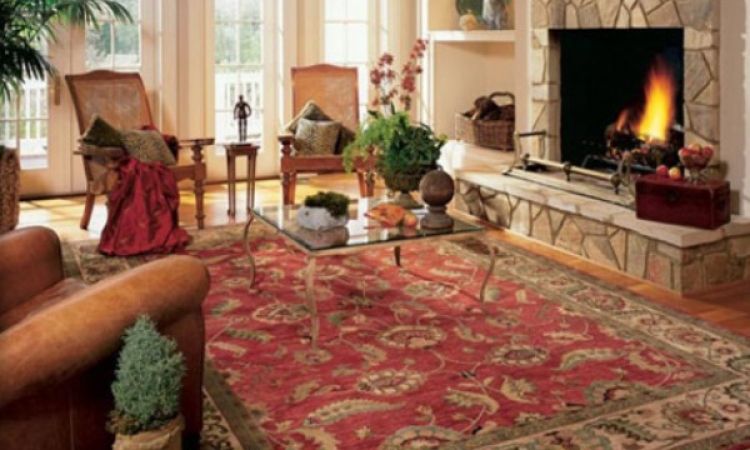Toxins in our homes: carpeting, carpet cleaners and vacuums
NaturalNews EPA studies have shown that indoor air levels of many pollutants are at least twice as high as outdoor levels. Since many people spend as much as 90% of their time indoors, this is a significant health concern. The products we use to clean our homes and our clothes, as well as the items we use to cook and store our food are often the source of these health dangers.
In a series of articles this year, NaturalNews will look at common household cleaners and other items found in most homes, examining both their potential health hazards, and ways that you can protect yourself. This time, we look down, at our floor coverings and how we clean them.
Bacteria in vacuums
In a recent study reported in the journal Environmental Science & Technology, Australian researchers looked 21 vacuum cleaners made by 11 manufacturers. They found that all of them released at least some bacteria and fine dust particles. Although six of the machines had HEPA (high-efficiency particulate air) filters, this was not always a guarantee that the machines would not release pollution. Overall, newer and more expensive machines performed better than older or less expensive models in terms of their impact on indoor air quality.
Previous research has shown that bacteria can remain viable inside vacuum cleaner bags for up to two months. Some of those bacteria, such as salmonella, may be infectious. Also, dust particles stirred up by vacuums may aggravate allergies and asthma. Household dust may sound harmless but it contains lead and other heavy metals, because industrial pollution has made sure that these are in our soil.
Toxic carpet cleaners
Cleaning your carpets with carpet cleaning products actually has more potential dangers than vacuuming. Commercial carpet shampoos often contain highly toxic substances like perchlorethylene and ammonium hydroxide. The former is a known carcinogen which can damage the liver, kidneys, and nervous system while the latter is a corrosive which can irritate eyes, skin, and respiratory passages.
Toxic Carpet
Your carpet itself can harbor health dangers, the severity of which is based on the age of your floor covering. Most new carpets contain volatile organic compounds (VOCs) including benzene, toluene, formaldehyde, styrene, ethyl benzene and acetone. Many of these are on the EPAs list of Extremely Hazardous Substances.
New carpets are also likely to harbor known carcinogens such as p-Dichlorobenzene are and other chemicals which have been known to cause nerve damage, hallucinations and respiratory illness. Most new carpets are treated with artificial dyes, stain and soil repellents, adhesives, mothproofing and flame retardants, all of which use toxic synthetic chemicals.
Older carpets offer even more health hazards than new ones. They may contain the chemicals banned from more recent production. Also, they can harbor years of accumulated dirt, dust mites, and previously used chemical cleaning products, pesticides, paint fumes and solvents. A carpet can hold eight times its weight in dust and dirt.
What you can do
When purchasing floor coverings, look for carpets with the Green Label Plus Certification certifying that the carpet has passed independent laboratory tests for emissions from thirteen notorious chemicals. Try to choose floor coverings made from natural fibers. Commonly available options include wool, sisal and hemp. Hemp has the advantage of being resistant to mold and mildew so hemp rugs can be used in the bathroom or in other areas subject to moisture. Other natural floor coverings include rugs made from corn stalks and leaves, sea grass, jute and coir (coconut-husk fiber).
After you purchase your natural floor covering, use non-toxic products to keep it clean. You can purchase a cleaning product from an eco-friendly company or make your own environmentally friendly cleaner. Try filling a spray bottle with a 50/50 mix of white vinegar and water and apply this to the carpet. White vinegar eliminates most odors and is also effective against many types of carpet stains.
Experts recommend vacuuming with a well sealed high quality HEPA Vacuum Cleaner. Clean the vacuum bag frequently. Also, steam cleaning your carpet kills dust mites and bacteria. You might also want to try having a shoe-free house so that carpet remains cleaner. If this is not a possibility, make sure you have a good doormat to absorb dirt and bacteria on peoples shoes.




